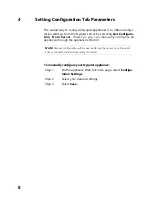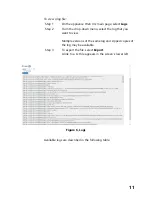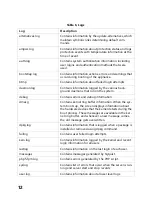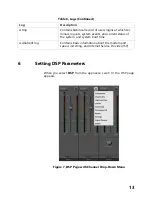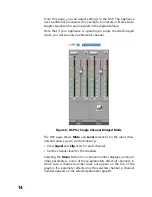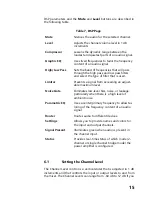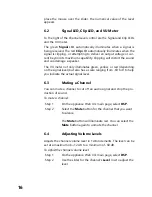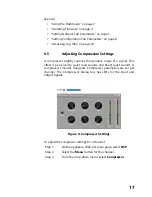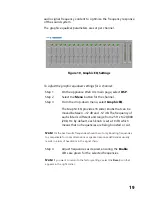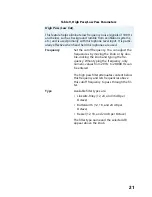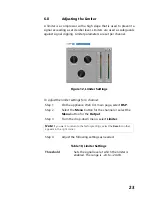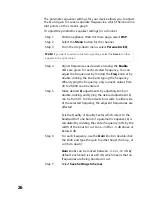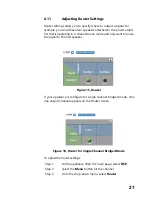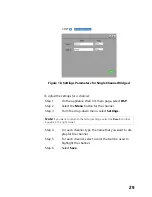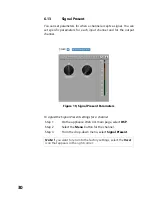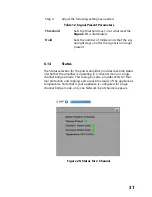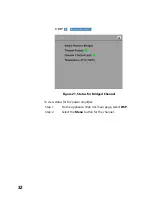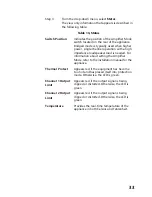
22
Band pass filters consist of a High Pass/Low Cut and a Low Pass/High
Cut filter. This arrangement can be useful for tailoring the frequency
response of a microphone exclusively for vocals, sometimes useful in
a very noisy environment to filter out the higher and lower frequen-
cies that could mask the human vocal range during announcements.
Low Pass (High Cut)
This feature helps eliminate high frequency noise (signals of 8000
Hz and above) such as background hiss and sibilance (excessive "S"
in vocals, etc.) and is used primarily with microphone level input. It
is particularly effective when hand held microphones are used.
Frequency
Set the cutoff frequency. You can adjust the
frequencies by moving the knob or by dou-
ble-clicking the knob and typing the fre-
quency. When typing the frequency, only
numeric values from 20 to 20,000 can be
entered.
The low pass filter attenuates content above
this frequency and lets frequencies below
this cutoff level to pass through the filter.
Type
Available filter types are:
• Linkwitz-Riley (12, 24, and 36 dB per
Octave)
• Butterworth (12, 18, and 24 dB per
Octave)
• Bessel (12, 18, and 24 dB per Octave)
The dB per Octave refers to how steep the
roll off of the filter is after the selected cutoff
frequency.
The filter type name and the selected dB
appear above the knob.
Table 9, High Pass/Low Pass Parameters (Continued)

